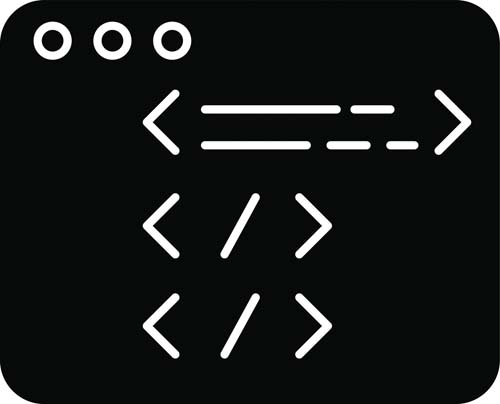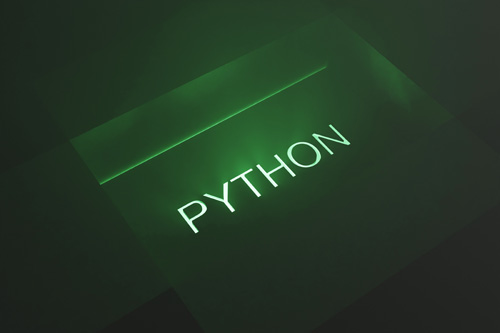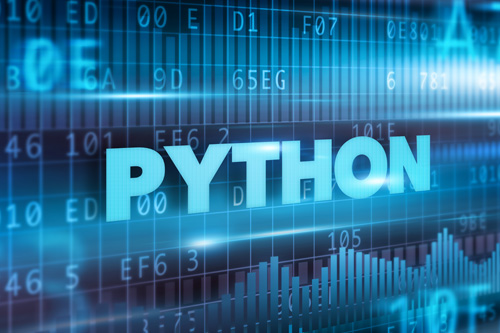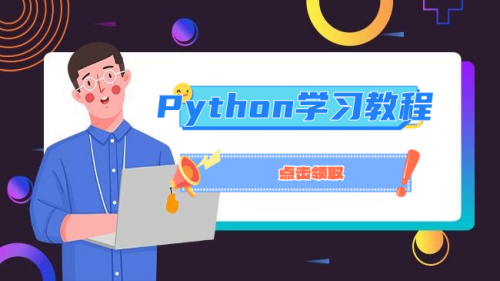推荐答案
在Java中,使用I/O流进行文件写入是最基本的方法之一。有两种主要的I/O流:字节流和字符流。字节流用于处理二进制文件,而字符流用于处理文本文件。
1.字节流写入文件:
import java.io.FileOutputStream;
import java.io.IOException;
public class ByteStreamExample {
public static void main(String[] args) {
try (FileOutputStream fos = new FileOutputStream("byte_output.txt")) {
String data = "Hello, World!";
byte[] bytes = data.getBytes();
fos.write(bytes);
System.out.println("Data written to byte_output.txt");
} catch (IOException e) {
e.printStackTrace();
}
}
}这个例子使用了FileOutputStream来写入字节数据。虽然这是一种基本的方法,但它在处理文本文件时可能会出现字符编码问题。
2.字符流写入文件:
import java.io.FileWriter;
import java.io.IOException;
public class CharacterStreamExample {
public static void main(String[] args) {
try (FileWriter writer = new FileWriter("char_output.txt")) {
String data = "Hello, World!";
writer.write(data);
System.out.println("Data written to char_output.txt");
} catch (IOException e) {
e.printStackTrace();
}
}
}这个例子使用了FileWriter来写入字符数据,适合文本文件的写入。
其他答案
-
Java NIO(New I/O)提供了一种更灵活和高性能的文件写入方式。它引入了ByteBuffer等新的数据结构,允许进行直接内存访问,而不必经过传统的I/O流。
3.使用ByteBuffer写入文件:
import java.io.IOException;
import java.nio.ByteBuffer;
import java.nio.channels.FileChannel;
import java.nio.file.Path;
import java.nio.file.StandardOpenOption;
public class NIOExample {
public static void main(String[] args) {
Path filePath = Path.of("nio_output.txt");
try (FileChannel channel = FileChannel.open(filePath, StandardOpenOption.WRITE, StandardOpenOption.CREATE)) {
String data = "Hello, World!";
byte[] bytes = data.getBytes();
ByteBuffer buffer = ByteBuffer.wrap(bytes);
channel.write(buffer);
System.out.println("Data written to nio_output.txt");
} catch (IOException e) {
e.printStackTrace();
}
}
}
这个例子使用FileChannel和ByteBuffer来写入文件。Java NIO提供了更好的性能和控制,特别是在处理大文件时。
-
除了Java标准库的文件写入方法,还可以使用第三方库来简化文件操作并提供更多功能。一个常见的选择是Apache Commons IO库。
4.使用Apache Commons IO库进行文件写入:
首先,确保在项目中包含Apache Commons IO库的依赖。然后,可以使用FileUtils类来进行文件写入:
import org.apache.commons.io.FileUtils;
import java.io.File;
import java.io.IOException;
public class CommonsIOExample {
public static void main(String[] args) {
File file = new File("commons_io_output.txt");
try {
String data = "Hello, World!";
FileUtils.writeStringToFile(file, data, "UTF-8");
System.out.println("Data written to commons_io_output.txt");
} catch (IOException e) {
e.printStackTrace();
}
}
}
Apache Commons IO提供了更简单的API,以及更多的文件操作功能,比如文件复制、移动和删除等。
以上是三种常见的Java文件写入方法的对比。您可以根据项目需求和性能要求来选择最适合您的方法。如果您需要更高级的功能,也可以考虑使用其他第三方库或框架。

























 京公网安备 11010802030320号
京公网安备 11010802030320号